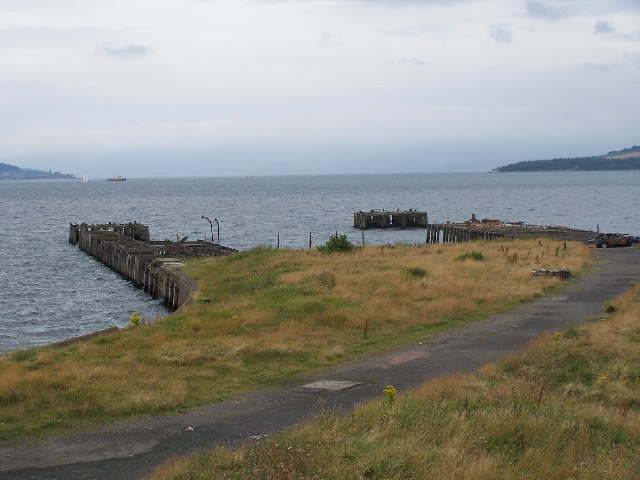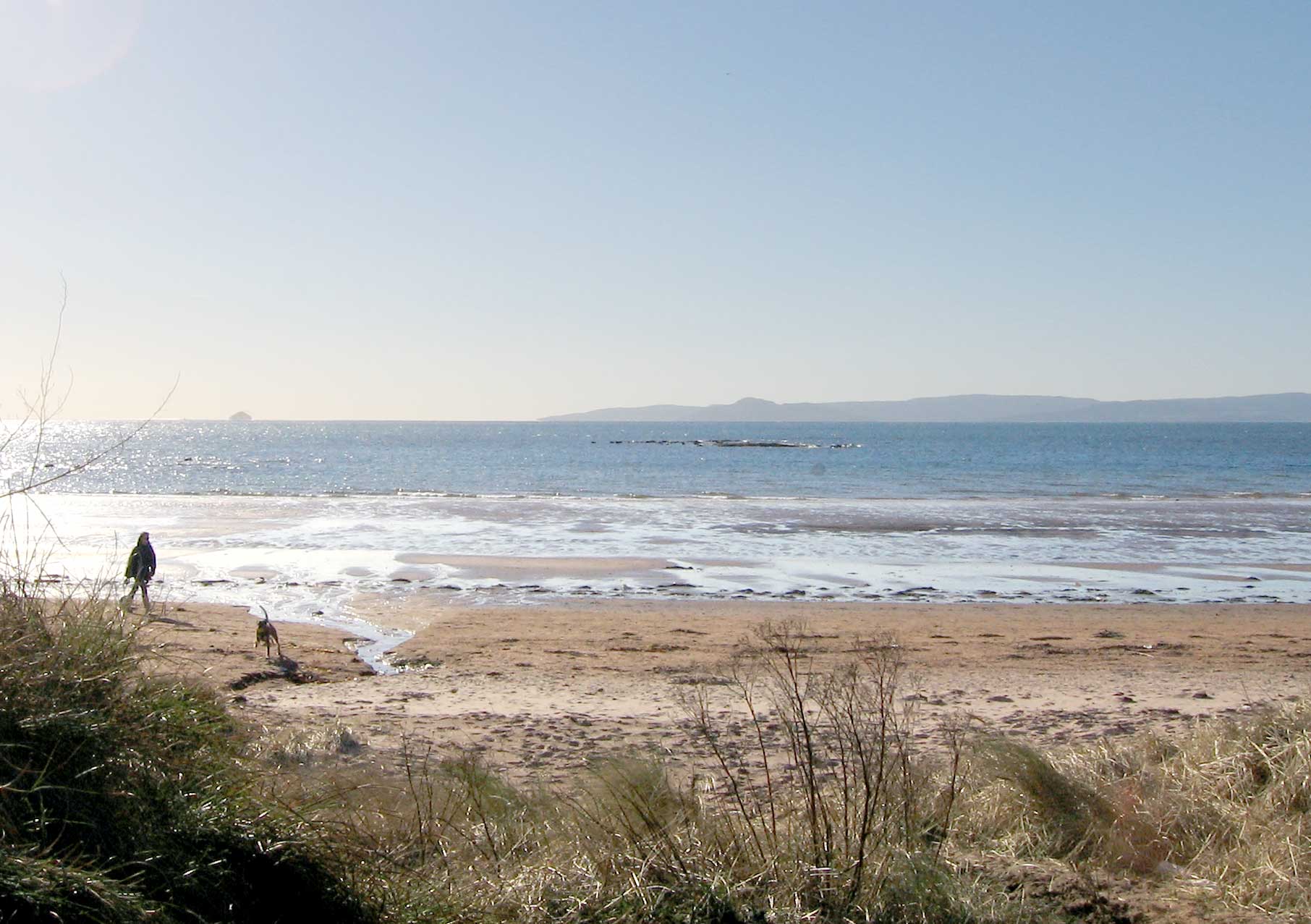|
Craigendoran
Craigendoran (Scottish Gaelic, Gaelic: ) is a suburb at the eastern end of Helensburgh in Scotland, on the northern shore of the Firth of Clyde. The name is from the Gaelic for "the rock of the otter". It is served by Craigendoran railway station. Craigendoran pier was next to the station, with the railway connecting with Clyde steamers. This pier has since closed and fallen into disrepair. Hermitage Academy, Helensburgh, Hermitage Academy is on the eastern outskirts of Craigendoran. References Geography of Argyll and Bute {{Argyll-geo-stub ... [...More Info...] [...Related Items...] OR: [Wikipedia] [Google] [Baidu] |
Craigendoran Railway Station
Craigendoran railway station ( gd, Creag an Dòbhrain) is a railway station serving Craigendoran, east of Helensburgh, Scotland. The station is managed by ScotRail, who operate all services at the station, and is located on the North Clyde Line between Helensburgh Central railway station, Helensburgh Central and Cardross railway station, Cardross, west of (High Level), measured via Singer railway station, Singer and Maryhill railway station, Maryhill. West Highland Line trains used to call here but no longer do following the closure of the upper platforms. History Opened by the North British Railway on 15 May 1882, at one time the station had five platforms: two as an island platform on the West Highland Line - sometimes called Craigendoran Upper (closed in 1964 and subsequently demolished), one on Craigendoran Pier serving Clyde Steamers (closed in 1972 and lifted) and two on the line to Helensburgh (one closed when the line was singled). All five platforms, bar those for the ... [...More Info...] [...Related Items...] OR: [Wikipedia] [Google] [Baidu] |
Helensburgh
Helensburgh (; gd, Baile Eilidh) is an affluent coastal town on the north side of the Firth of Clyde in Scotland, situated at the mouth of the Gareloch. Historically in Dunbartonshire, it became part of Argyll and Bute following local government reorganisation in 1996. Geography and geology Helensburgh is northwest of Glasgow. The town faces south towards Greenock across the Firth of Clyde, which is approximately wide at this point. Ocean-going ships can call at Greenock, but the shore at Helensburgh is very shallow, although to the west of the town the Gareloch is deep. Helensburgh lies at the western mainland end of the Highland Boundary Fault. This means that the hills to the north of Helensburgh lie in the Scottish Highlands, Highlands, whereas the land to the south of Helensburgh is in the Scottish Lowlands, Lowlands or Central Belt of Scotland. Consequently, there is a wide variety of landscape in the surrounding area – for example, Loch Lomond (part of Scotland's ... [...More Info...] [...Related Items...] OR: [Wikipedia] [Google] [Baidu] |
Craigendoran Pier - Geograph
Craigendoran (Gaelic: ) is a suburb at the eastern end of Helensburgh in Scotland, on the northern shore of the Firth of Clyde. The name is from the Gaelic for "the rock of the otter". It is served by Craigendoran railway station. Craigendoran pier was next to the station, with the railway connecting with Clyde steamer The Clyde steamer is the collective term for several passenger services that existed on the River Clyde in Scotland, running from Glasgow downstream to Rothesay and other towns, a journey known as going ''doon the watter''. The era of the Cly ...s. This pier has since closed and fallen into disrepair. Hermitage Academy is on the eastern outskirts of Craigendoran. References Geography of Argyll and Bute {{Argyll-geo-stub ... [...More Info...] [...Related Items...] OR: [Wikipedia] [Google] [Baidu] |
Hermitage Academy, Helensburgh
Hermitage Academy is a non-denominational secondary school in Helensburgh, Argyll and Bute, Scotland. It is one of two secondary schools in the Helensburgh area (the other being Lomond School) and is currently the largest secondary school in Argyll and Bute. The school catchment area extends from the Firth of Clyde to Loch Lomond and the Rest and be thankful, including in addition to the town of Helensburgh the villages of Cardross, Rhu, Shandon, Garelochhead, Clynder, Rosneath, Kilcreggan, Arrochar, Tarbet and Luss and other rural areas. Since this catchment area straddles the Highland Boundary Fault Line, the school is uniquely both a Lowland and a Highland school. History The school was originally located in East Argyle Street next to the current primary school. The first Gothic building, with four classrooms and a music room and an intended capacity of 500, opened in 1880. In 1966, after complaints of overcrowding, the secondary school was replaced by a new building ... [...More Info...] [...Related Items...] OR: [Wikipedia] [Google] [Baidu] |
Scottish Gaelic
Scottish Gaelic ( gd, Gàidhlig ), also known as Scots Gaelic and Gaelic, is a Goidelic language (in the Celtic branch of the Indo-European language family) native to the Gaels of Scotland. As a Goidelic language, Scottish Gaelic, as well as both Irish and Manx, developed out of Old Irish. It became a distinct spoken language sometime in the 13th century in the Middle Irish period, although a common literary language was shared by the Gaels of both Ireland and Scotland until well into the 17th century. Most of modern Scotland was once Gaelic-speaking, as evidenced especially by Gaelic-language place names. In the 2011 census of Scotland, 57,375 people (1.1% of the Scottish population aged over 3 years old) reported being able to speak Gaelic, 1,275 fewer than in 2001. The highest percentages of Gaelic speakers were in the Outer Hebrides. Nevertheless, there is a language revival, and the number of speakers of the language under age 20 did not decrease between the 2001 and ... [...More Info...] [...Related Items...] OR: [Wikipedia] [Google] [Baidu] |
Scotland
Scotland (, ) is a country that is part of the United Kingdom. Covering the northern third of the island of Great Britain, mainland Scotland has a border with England to the southeast and is otherwise surrounded by the Atlantic Ocean to the north and west, the North Sea to the northeast and east, and the Irish Sea to the south. It also contains more than 790 islands, principally in the archipelagos of the Hebrides and the Northern Isles. Most of the population, including the capital Edinburgh, is concentrated in the Central Belt—the plain between the Scottish Highlands and the Southern Uplands—in the Scottish Lowlands. Scotland is divided into 32 administrative subdivisions or local authorities, known as council areas. Glasgow City is the largest council area in terms of population, with Highland being the largest in terms of area. Limited self-governing power, covering matters such as education, social services and roads and transportation, is devolved from the Scott ... [...More Info...] [...Related Items...] OR: [Wikipedia] [Google] [Baidu] |
Firth Of Clyde
The Firth of Clyde is the mouth of the River Clyde. It is located on the west coast of Scotland and constitutes the deepest coastal waters in the British Isles (it is 164 metres deep at its deepest). The firth is sheltered from the Atlantic Ocean by the Kintyre peninsula, which encloses the outer firth in Argyll and Ayrshire. The Kilbrannan Sound is a large arm of the Firth of Clyde, separating the Kintyre Peninsula from the Isle of Arran. Within the Firth of Clyde is another major island – the Isle of Bute. Given its strategic location at the entrance to the middle and upper Clyde, Bute played a vital naval military role during World War II. Geography At its entrance, the firth is about wide. At one area in its upper reaches, it is joined by Loch Long and the Gare Loch. This area includes the large anchorage off of Greenock that is known as the Tail of the Bank. (The “Bank” is a reference to the sandbank and shoal that separates the firth from the estuary of the Ri ... [...More Info...] [...Related Items...] OR: [Wikipedia] [Google] [Baidu] |
Ainmean-Àite Na H-Alba
Ainmean-Àite na h-Alba (; "Gaelic Place-Names of Scotland") is the national advisory partnership for Gaelic place names in Scotland. Ainmean-Àite na h-Alba are based at Sabhal Mòr Ostaig on Skye. History Ainmean-Àite na h-Alba began as the Gaelic Names Liaison Committee, established in 2000 by the Ordnance Survey to improve consistency in Gaelic names on their mapping products. The committee expanded to become the Ainmean-Àite na h-Alba partnership in 2006. Functions Ainmean-Àite na h-Alba research and agree on place names, using local knowledge, historical sources and the principles of the Gaelic Orthographic Conventions. These names are used by local councils, roads authorities and the Ordnance Survey for signs and maps. AÀA are also producing a National Place-Names Database. This database was launched in August 2010, and contains over 3000 entries. Partnerships The partners are Argyll and Bute Council, Bòrd na Gàidhlig, Comhairle nan Eilean Siar, Highlands and Islan ... [...More Info...] [...Related Items...] OR: [Wikipedia] [Google] [Baidu] |
Clyde Steamer
The Clyde steamer is the collective term for several passenger services that existed on the River Clyde in Scotland, running from Glasgow downstream to Rothesay and other towns, a journey known as going ''doon the watter''. The era of the Clyde steamer began in August 1812 with the very first successful commercial steamboat service in Europe, when Henry Bell's began a passenger service on the River Clyde between Glasgow and Greenock. The ''Comet'' undertook her official trial run on 6 August 1812. Henry Bell himself was on board, along with John Robertson, maker of ''Comet''s engine, and William McKenzie, formerly a schoolmaster in Helensburgh, acting as skipper. According to the ''Glasgow Courier'' newspaper two days later, the journey was completed in three-and-a-half hours. After this success, other operators sprang up in competition, and the Firth of Clyde became immensely popular with holidaymakers. By 1900 there were over three hundred Clyde steamers operating, and the ... [...More Info...] [...Related Items...] OR: [Wikipedia] [Google] [Baidu] |


%2C_Helensburgh.jpg)




